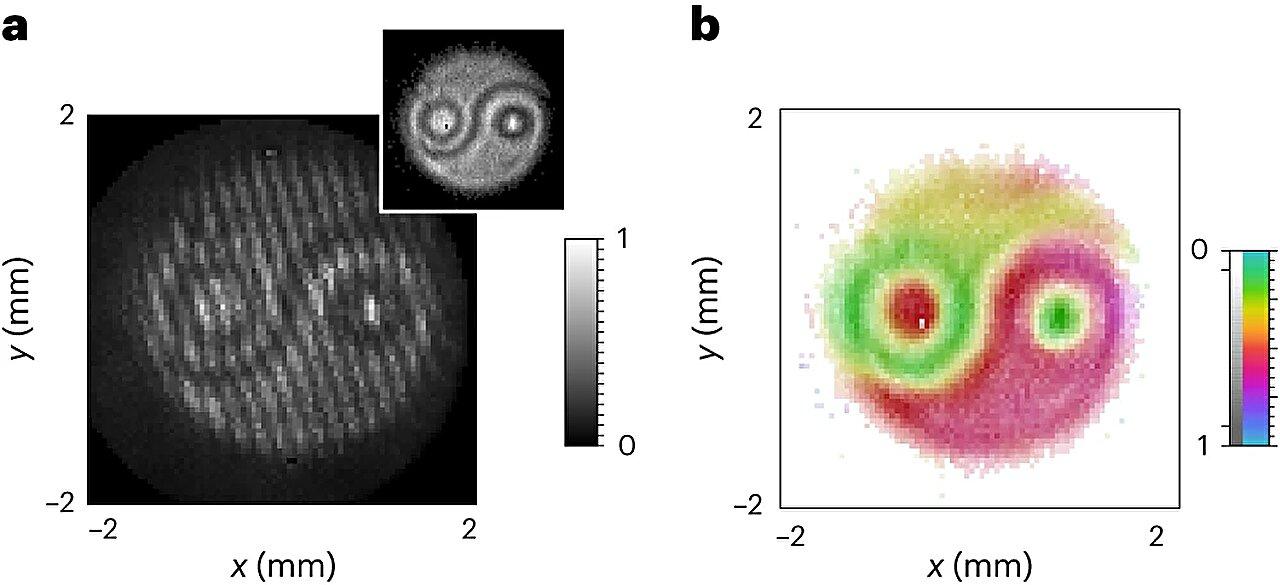In the ethereal realm where physics bends reality, British scientists have achieved a quantum breakthrough that whispers of technological sorcery. By entangling molecules with an unprecedented 92% fidelity, researchers have nudged open a door to a world where information dances across space in ways previously confined to the imagination. This landmark experiment, conducted in the United Kingdom, represents more than a scientific milestone—it’s a glimpse into a future where quantum communication could rewrite the fundamental rules of interaction, transmission, and connection. In a groundbreaking scientific breakthrough, researchers at the University of Sussex have achieved an unprecedented milestone in quantum physics, successfully entangling molecules with remarkable precision. This remarkable feat represents a significant leap forward in quantum technology, pushing the boundaries of what was previously thought possible.
The team’s innovative approach involved manipulating calcium monofluoride molecules using sophisticated laser techniques, creating quantum entanglement with an astonishing 92% fidelity. Such high-precision molecular entanglement opens up extraordinary possibilities for quantum computing, communication, and advanced sensing technologies.
Quantum entanglement, a phenomenon where particles become intrinsically linked regardless of physical distance, has long been a holy grail for physicists. Previously, scientists had only managed to entangle atomic particles, but entangling entire molecules represents an entirely new frontier of quantum manipulation.
The Sussex research team employed cutting-edge laser cooling and trapping methods to control molecular behavior at near-absolute zero temperatures. By precisely aligning and synchronizing molecular states, they created a quantum connection that defies classical physics principles.
This breakthrough challenges existing understanding of quantum mechanics and provides a potential pathway for developing more complex quantum systems. The ability to entangle molecules could revolutionize quantum computing, enabling more robust and scalable quantum information processing.
Potential applications extend far beyond theoretical research. Quantum technologies powered by molecular entanglement could transform cryptography, enabling ultra-secure communication networks impervious to traditional interception methods. Medical imaging, climate modeling, and advanced material design might also benefit from these remarkable quantum techniques.
The international scientific community has lauded the achievement as a “magical” moment in quantum research. Dr. Kai Groot, a leading quantum physicist not involved in the study, described the results as “phenomenally precise” and “a potential game-changer for quantum technologies.”
Challenges remain in scaling and maintaining molecular entanglement, but the 92% fidelity represents a significant milestone. Researchers anticipate further refinements will improve quantum coherence and expand potential applications.
As quantum technology continues to evolve, this molecular entanglement breakthrough represents a critical step toward harnessing quantum phenomena for practical technological innovations. The Sussex team’s work demonstrates that the seemingly impossible can become reality through persistent scientific exploration and innovative experimental techniques.
The research, published in a prestigious scientific journal, marks a pivotal moment in quantum physics, signaling a new era of molecular quantum manipulation and technological potential.









